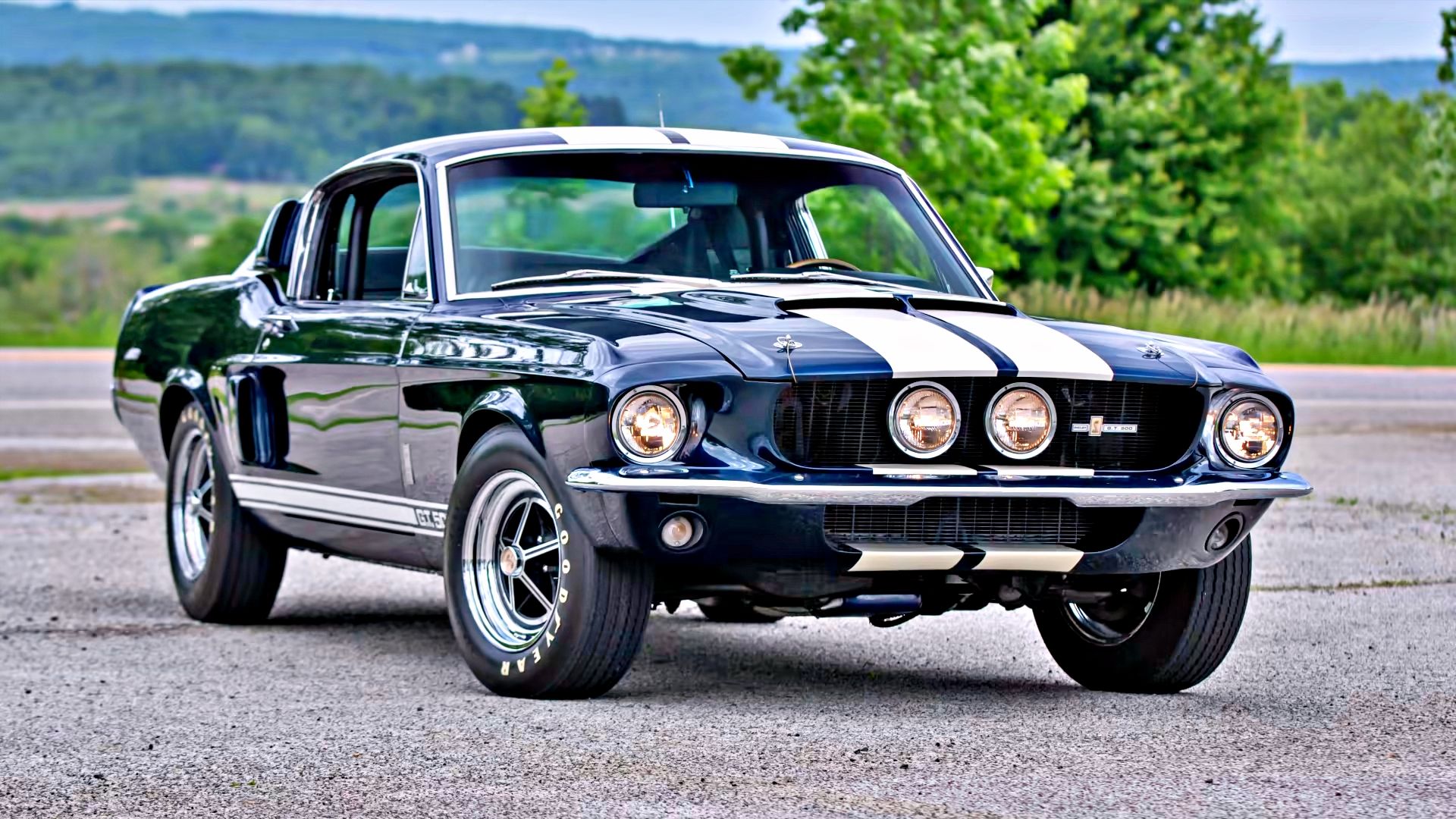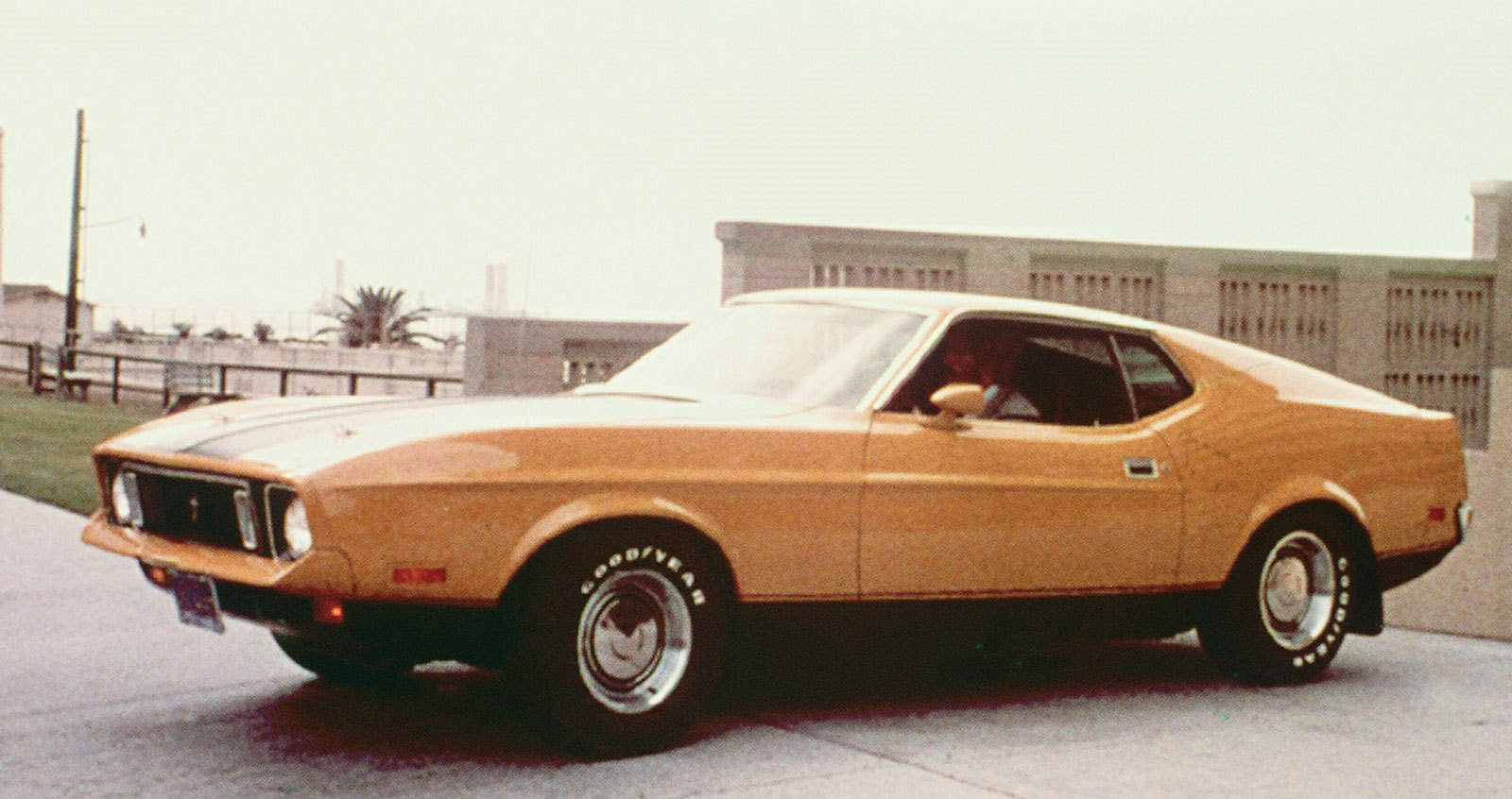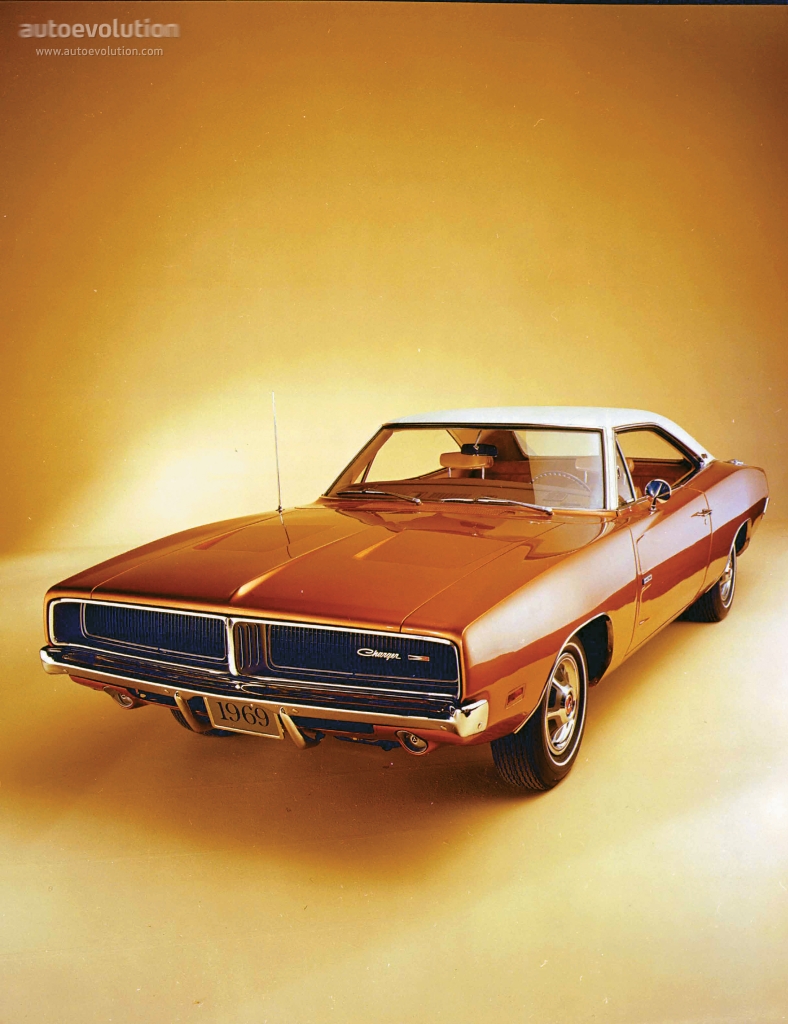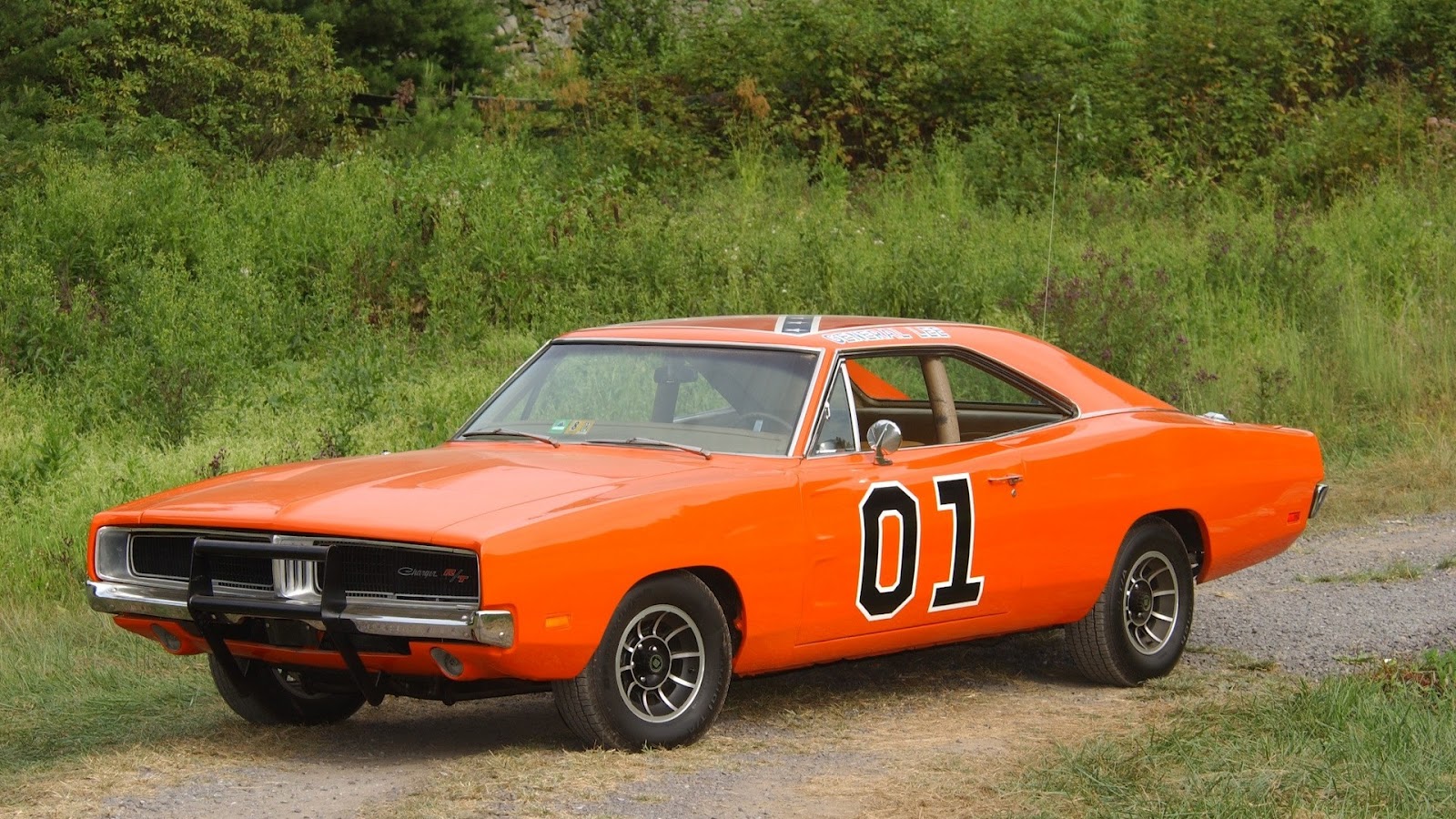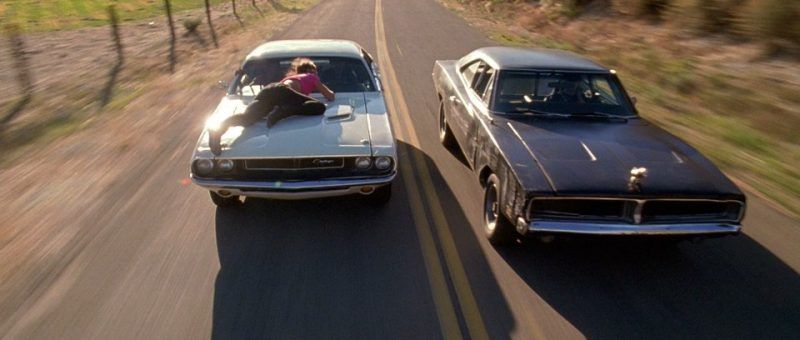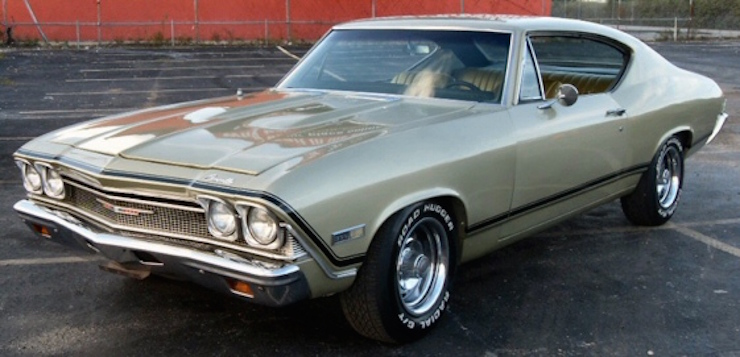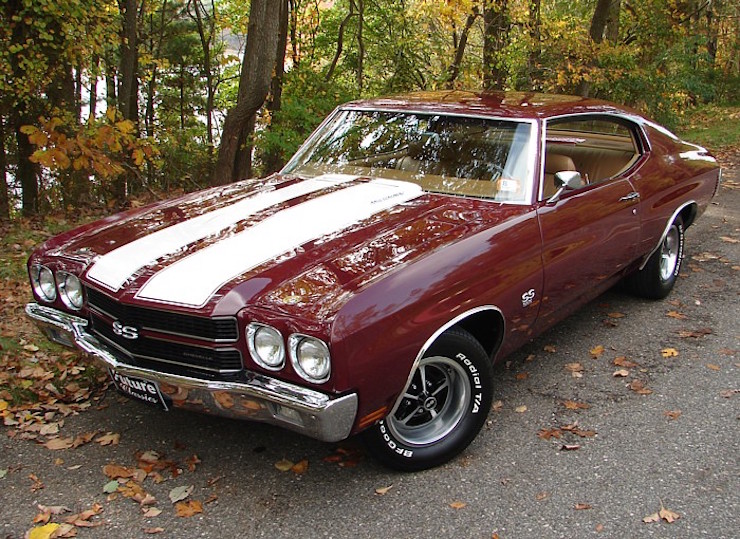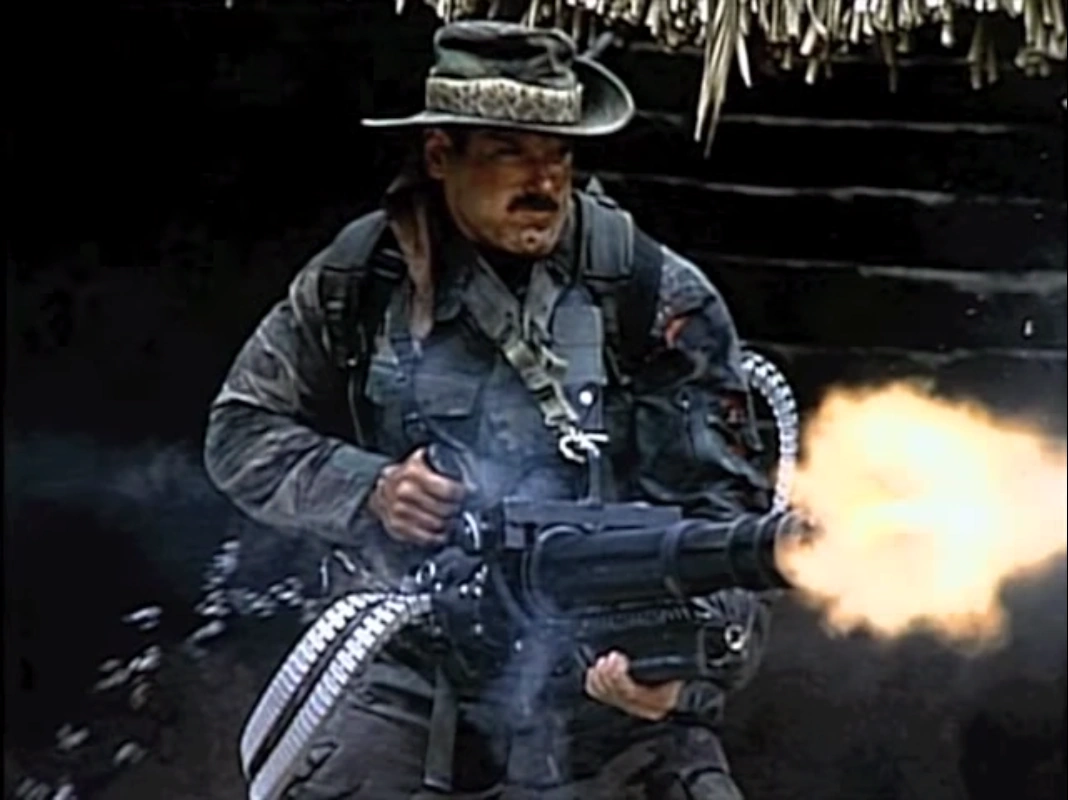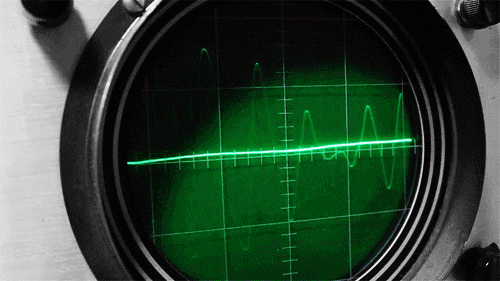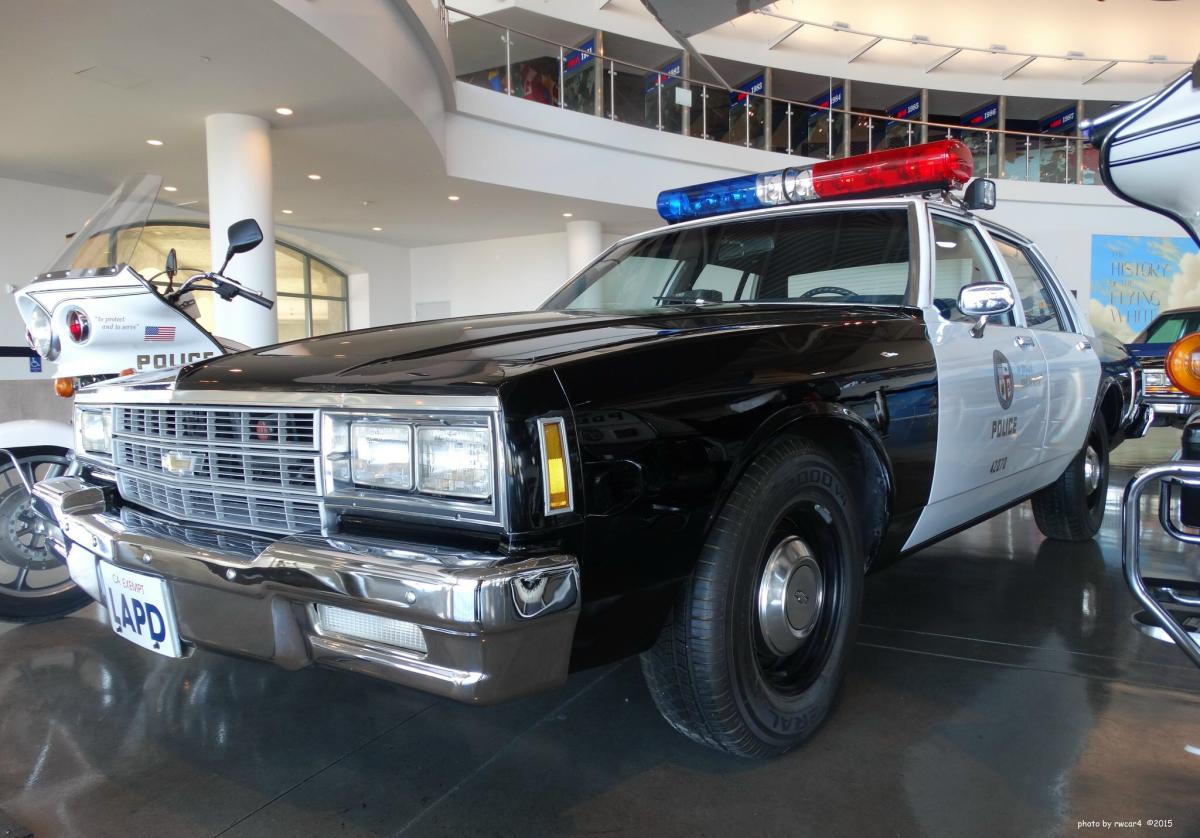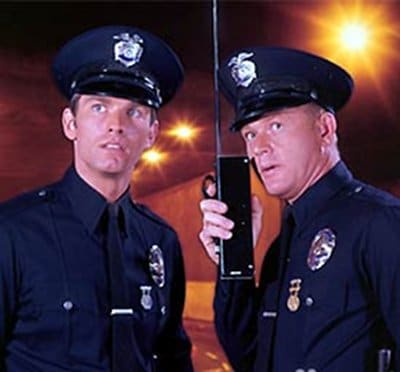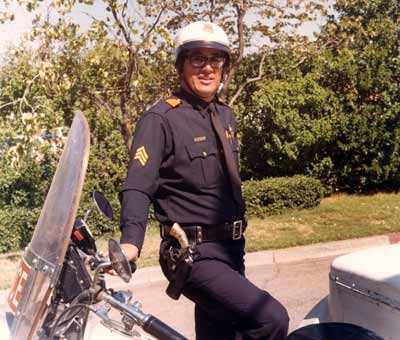Case 13. The Reel-to-Reel Tape Recorder
A lot of artifacts serve the same general purpose, fear of anachronism (in the form of old technology), thus a lot of entries on this thread will be redundant. The old VHS tape, the old CRT television, just about every prop you saw in Dark City, anything that is spooky simply because it is old.
One such iconic anachronism is the old reel-to-reel tape recorder. Consider the unit from the Evil Dead series.
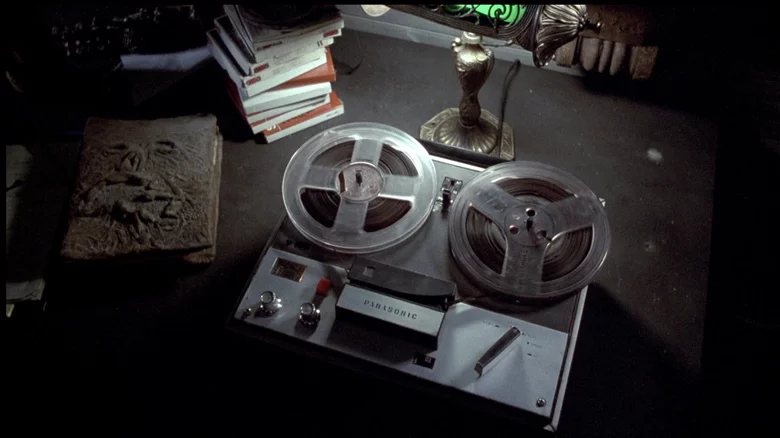
Read More: https://www.looper.com/869320/the-un...-evil-dead-ii/
Given the provenance of this prop, it is not quite "unbelievable" that we might have found one of these in 1981 or even 1987, back when the time of their regular usage was only a decade or two in the rear view mirror. In these movies, the device is a simple. The voice on the tape says the words (do we expect our teenage kids to read ancient Kandarian?) simply to get the proceedings started, a booster rocket which is quickly discarded (no super shuttle, this old thing).
In Session 9, however, the reel-to-reel slowly brings the nature of the threat into focus, with some nice voice acting, with additional creepiness supplied by simulated wow and flutter in the reels (unexpectedly and disturbingly pitching the voices up and down).
Following the same pattern of the CRT, the old reel-to-reel was an icon of the future in productions like TV's Mission Impossible.
Techmoan has a series that covers these devices in detail.
Once again, the promise of the future has become the specter of the past.
A lot of artifacts serve the same general purpose, fear of anachronism (in the form of old technology), thus a lot of entries on this thread will be redundant. The old VHS tape, the old CRT television, just about every prop you saw in Dark City, anything that is spooky simply because it is old.
One such iconic anachronism is the old reel-to-reel tape recorder. Consider the unit from the Evil Dead series.

at least one prop was consistent across the series: the tape recorder that summons the Deadites. That's because it wasn't a prop ó it's hard to imagine the first "Evil Dead" had room for a trip to Radio Shack in the budget ó but a loaner from Campbell's dad. That wasn't even the first time he borrowed it: it's also the same recorder Raimi and Campbell used to create soundtracks for their early experiments with the silent Super 8 camera.
Given the provenance of this prop, it is not quite "unbelievable" that we might have found one of these in 1981 or even 1987, back when the time of their regular usage was only a decade or two in the rear view mirror. In these movies, the device is a simple. The voice on the tape says the words (do we expect our teenage kids to read ancient Kandarian?) simply to get the proceedings started, a booster rocket which is quickly discarded (no super shuttle, this old thing).
In Session 9, however, the reel-to-reel slowly brings the nature of the threat into focus, with some nice voice acting, with additional creepiness supplied by simulated wow and flutter in the reels (unexpectedly and disturbingly pitching the voices up and down).
Following the same pattern of the CRT, the old reel-to-reel was an icon of the future in productions like TV's Mission Impossible.
Techmoan has a series that covers these devices in detail.
Once again, the promise of the future has become the specter of the past.




